The majestic Palazzo Pitti in the oltrarno, the neighborhood across the river from “downtown” Florence, was originally built for the ambitious banker Luca Pitti (1398-1472). The vast scale of this mainly Renaissance building, begun in 1457, mirrored Pitti’s determination to outrival the political clout and cultural grandeur of the Medici family, once his allies and Florence’s most powerful family for generations. Ironically, the Medici later purchased this palazzo when its building costs bankrupted Pitti’s heirs.
In 1550 it became the Medicis’ main residence and remained that of the Dukes of Tuscany and later of the House of Savoy from 1865-71, when Florence was the capital of recently united Italy.
Today the Palazzo is Florence’s largest museum complex. It houses the Palatine Gallery of 16th-century paintings, Royal Apartments, Gallery of Modern Art, the Argenti Museum which contains the exquisite treasures bought or commissioned by the Medici and Lorraine dynasties (forming one of the richest displays of luxury craftsmanship in the world), the Porcelain Museum, the Costume Gallery, and the Carriage Museum.
Little more than a half-century after the Pittis’ sale in 1549 to Eleanor of Toledo, Cosimo Medici I’s wife, in 1616, the symbol of the devotion of the Grand Duchess of Tuscany and of the last Grand Dukes of the Medici family, the so-called “Chapel of the Relics,” was consecrated here in a solemn ceremony. Strong-willed and authoritarian Cosimo I (1519-1574), the First Grand Duke of Tuscany, had built the original octagonal-plan chapel in the 1560s, but it was in 1610 that the Archduchess of Austria and Grand Duchess of Tuscany Maria Maddalena (1589-1631), wife of Cosimo II Medici, had it embellished to house her precious reliquaries.
A word about this homely yet politically astute lady: Born in Graz, the youngest daughter of Charles II, Archduke of Inner Austria, and his wife Anna of Bavaria, in 1608 she married Cosimo II Medici, Grand Prince of Tuscany. Grand Duke Ferdinando I Medici, the bridegroom’s father, had arranged the marriage to assuage the animosity of Spain (where Maria Maddalena’s sister was the incumbent queen) towards Tuscany because of too many Franco-Tuscan marriages.
During the 13 years of their happy marriage, Maddalena and Cosimo II, who is most remembered as the patron of astronomer Galileo Galilei (whose 1610 treatise Siderus Nuncius was dedicated to him), had 8 children.
When Cosimo II died of consumption in 1621 he left his 10-year-old son Ferdinando as Grand Duke. Maria Maddalena and her mother-in-law, Christine of Lorraine, the favorite granddaughter of Catherine de’ Medici, Queen of France, acted as regents until the boy came of age. Historians say that Maria Maddalena’s temperament was analogous to Christine’s. Together, they aligned Tuscany with the papacy, re-doubled the Tuscan clergy — and allowed the trial of Galileo Galilei to occur.
A very religious woman, as was her mother-in-law, aside from bringing up her children, Maria Maddalena devoted herself to acquiring relics. “In pursuing her objective,” the press release for “Sacred Splendor” tells us, “she availed herself of illustrious correspondents, including the archbishop of Siena Camillo Borghese, the nuncio to Naples Paolo Emilio Filonardi, the archbishop of Genoa Domenico Marini, and Cardinal Scipione Caffarelli Borghese.” Equally decisive was the role of her mother-in-law, who had assembled the first substantial nucleus of relics that at her death in 1637, although six years after Maddalena’s, entered her daughter-in-law’s collection.
The first two of the exhibit’s four sections, on until November 2, appropriately in the Argenti Museum, are dedicated to Christine and Maria Maddelena and present a selection of works from the more than 400 pieces described in the chapel’s oldest inventory, compiled in 1616 and updated in 1635.
“Studying this important document,“ continues the press release, “has made it possible to identify many of the reliquaries that belonged to the Archdukes. It has also brought the realization that the sumptuous chapel looked like a veritable devotional Wunderkammer. Its cabinets, decorated with paintings by Giovanni Bilivert, Filippo Tarchiani, Fabrizio Boschi, and Matteo Rosselli, contained precious cases for sacred remains, as well as liturgical objects and profane artifacts made out of rare and valuable materials: from coral to multi-colored semiprecious stones, from Baltic amber to exotic ebony and ivory. Alongside these works, the exhibition also presents several works that Maria Maddalena and Cosimo II commissioned and gifted to important places of worship.” Also on display here is the exhibition’s logo, an ex voto commissioned by Cosimo II to be the center of an altarpiece dedicated to San Carlo Borromeo in Milan’s cathedral.
Highlights of Christine’s collection on display here are two wood and gold reliquaries with enamels, pearls, and semiprecious stones both containing fragments of the True Cross and made in Florence by readapting a portrait frame and a mirror frame that had been part of her dowry from her grandmother Catherine de’ Medici. Also of note are rock crystal, ebony, and bronze crucifixes and candelabras she made as donations to the Church of Santissima Annunziata in Florence (1632) and the Sanctuary of Impruneta (1633).
Maddalena’s taste was Nordic. She preferred tabernacle-shaped reliquaries made of ebony and numerous amber liturgical items, mostly gifts from her sister Constance, Queen of Poland, and made in Gdansk and Königsberg.
“Sacred Splendor”’s third section features deeply religious Vittoria della Rovere (1622-94), whose mother was Claudia Medici, a sister of Cosimo II Medici. At the age of one, in 1623, Vittoria was betrothed to her Medici first cousin Ferdinand II, Grand Duke of Tuscany. The Grand Duke’s grandmother Christine of Lorraine arranged the marriage, which took place in 1633, but was not consummated for six years, and remained unhappy and estranged after Vittoria found her husband in bed with a page, Count Bruto della Molera. Vittoria’s dowry had brought great wealth, especially the art collection which had been hers since age nine, to the Medici.
Under Vittoria the collection of the “Chapel of the Relics” not only increased in size, but the Grand Duchess also reorganized it by each object’s function and it materials. From the 1650s onwards, she concentrated on acquiring the whole bodies of saints, often complicitly removed from Rome’s catacombs; subsequently she had sent them to Florence with the support of powerful ecclesiastics who alone could make such arrangements. Then, in 1675, when Cardinal Leopoldo Medici, a refined art collector, died, all his relics and reliquaries were added to Vittoria’s collection. Highlighted among these is an especially beautiful silver reliquary where Vittoria soon placed the relics of Santa Candida.
Vittoria’s oldest surviving son, the melancholy, anti-Semitic, moralistic, reactionary Cosimo III (1642-1723), the abandoned husband of extravagant and rebellious Marguerite Louise d’Orléans, a granddaughter of Henry IV of France, and the penultimate Medici Grand Duke of Tuscany, whose reign from 1670 to 1723 was the longest in Tuscan history, inherited his mother’s love of relics, especially those that belonged to saints from distant places, like the thigh bone of St. Casimir, the patron saint of Poland and Lithuania, for which he gave the Bishop of Vilnius a tooth and a few strands of hair belonging to St. Maria Maddalena de’ Pazzi as a token of gratitude.
For his collection he commissioned intricate showy reliquaries in silver, gold, precious and semiprecious stones from expert sculptors and master goldsmiths working in the court workshops, including Massimiliano Soldati Benzi, Cosimo Merlini the Younger and Giuseppe Antonio Torricelli assisted by multi-faceted Giovan Battista Foggini. The highlights here are Benzi’s elaborate silver reliquaries for St. Casimir and St. Alexis and Torricelli’s of ebony, bronze, and jewels for Hungarian St. Emmerich.
At Cosimo III’s death in 1732, the “Chapel of the Relics” housed almost 1,000 treasures, which in 1737 at the death of Gian Gastone Medici (1671-1737), Cosimo III’s heirless second son and so the last Medicean Grand Duke of Tuscany, became the property of the Dukes of Lorraine, who had become the rulers of Tuscany. Nonetheless, the treasure remained practically unaltered in the Pitti Palace until the Grand Duke Pietro Leopoldo of Lorraine “ordered” (the press release reports) “more than 100 relics delivered to the Basilica of San Lorenzo to exchange for 18 vases in semiprecious stones that had belonged to Lorenzo the Magnificent, which he wanted for the Regia Galleria degli Uffizi. This event constituted the harbinger of the disintegration of the collection of relics that had belonged to the Medici grand dukes. Shortly thereafter, the most precious objects were taken apart to recover their gold, silver, and precious stones so as to replenish the depleted coffers of the Grand Duchy of Lorraine. The few items spared destruction wound up in the new Cappella Palatina, while others were given to he archbishop of Florence Antonio Martini for him to distribute to the parishes and churches of the dioceses.”
The meticulous research, carried out to assemble “Sacred Splendor” with the support of the Italian Bishops’ Conference and several archives in Florence, Pistoia, and Prato, allowed its curators to rediscover a substantial number of these reliquaries and to restore and conserve them, so they could be displayed again in the Pitti Palace after more than 220 years. For more information, read Harold Acton, The Last Medici, MacMillan, London, 1980.



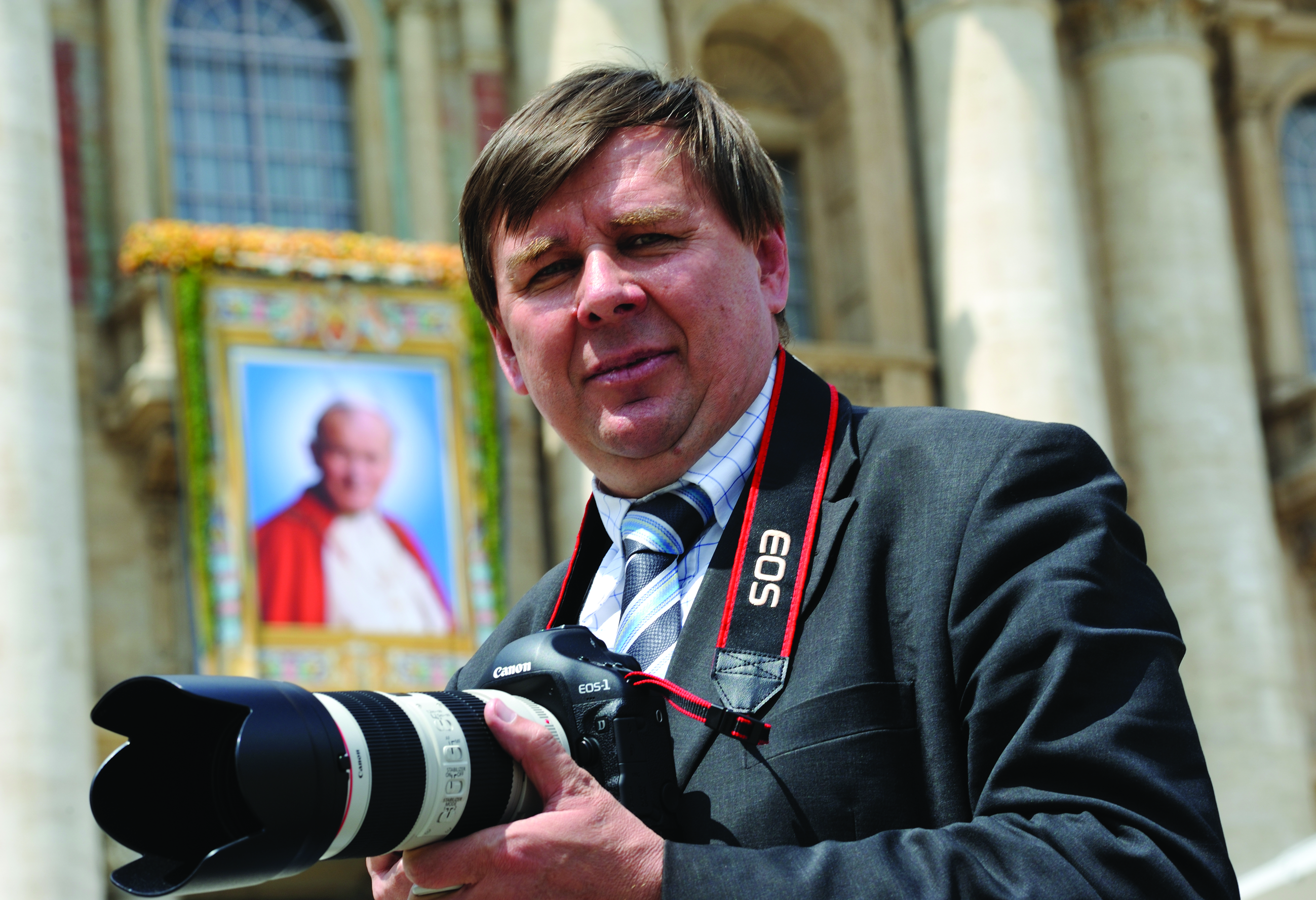
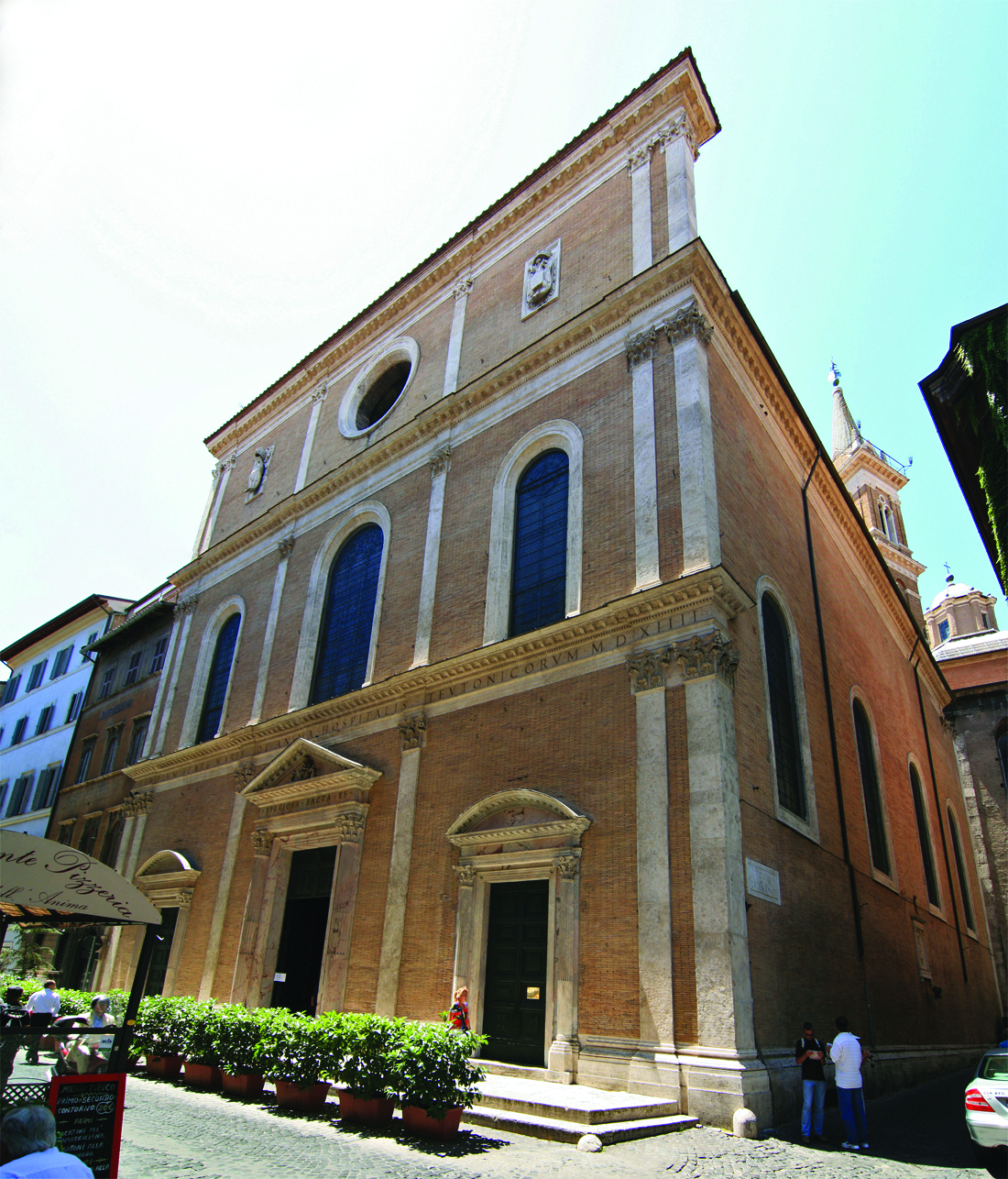
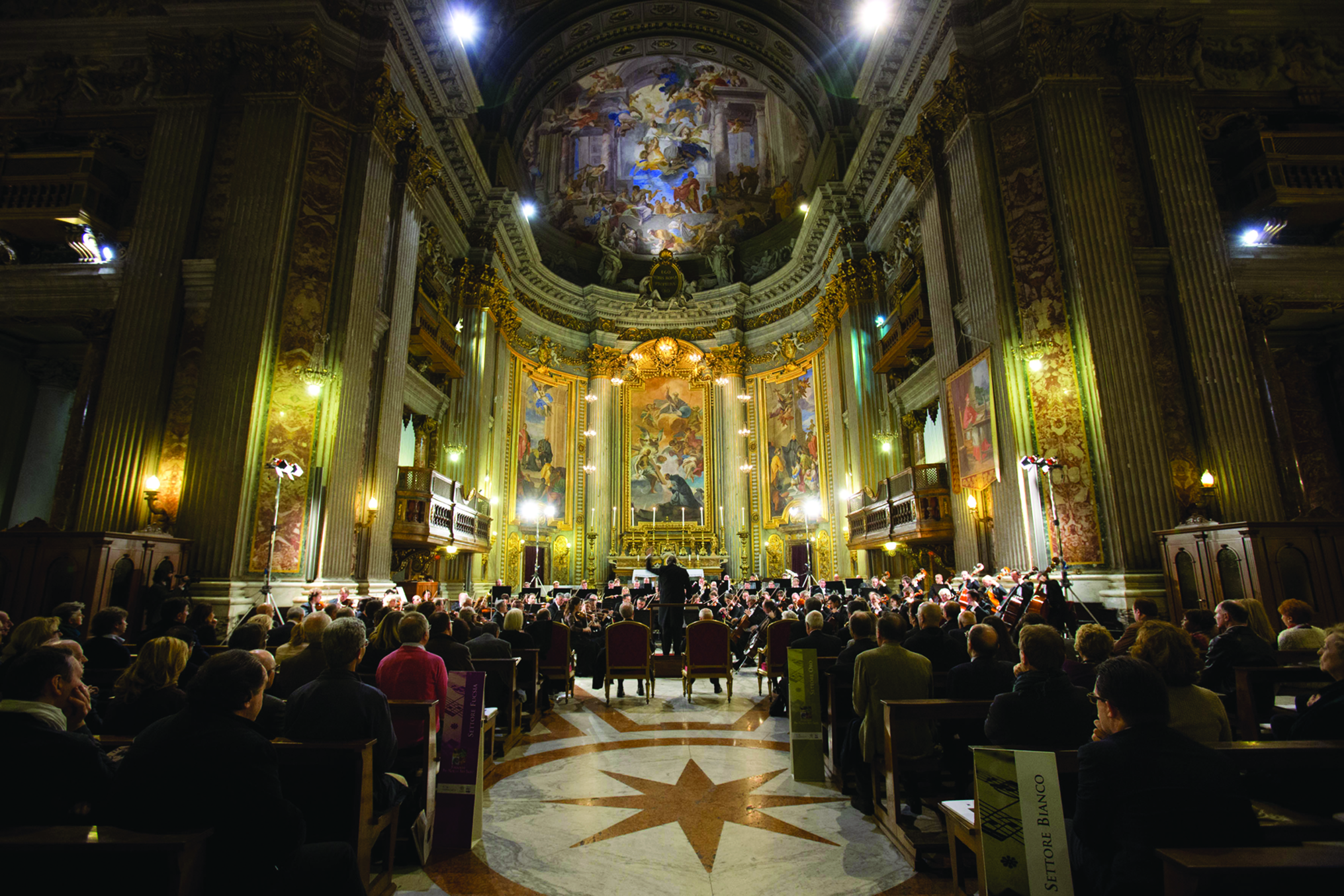
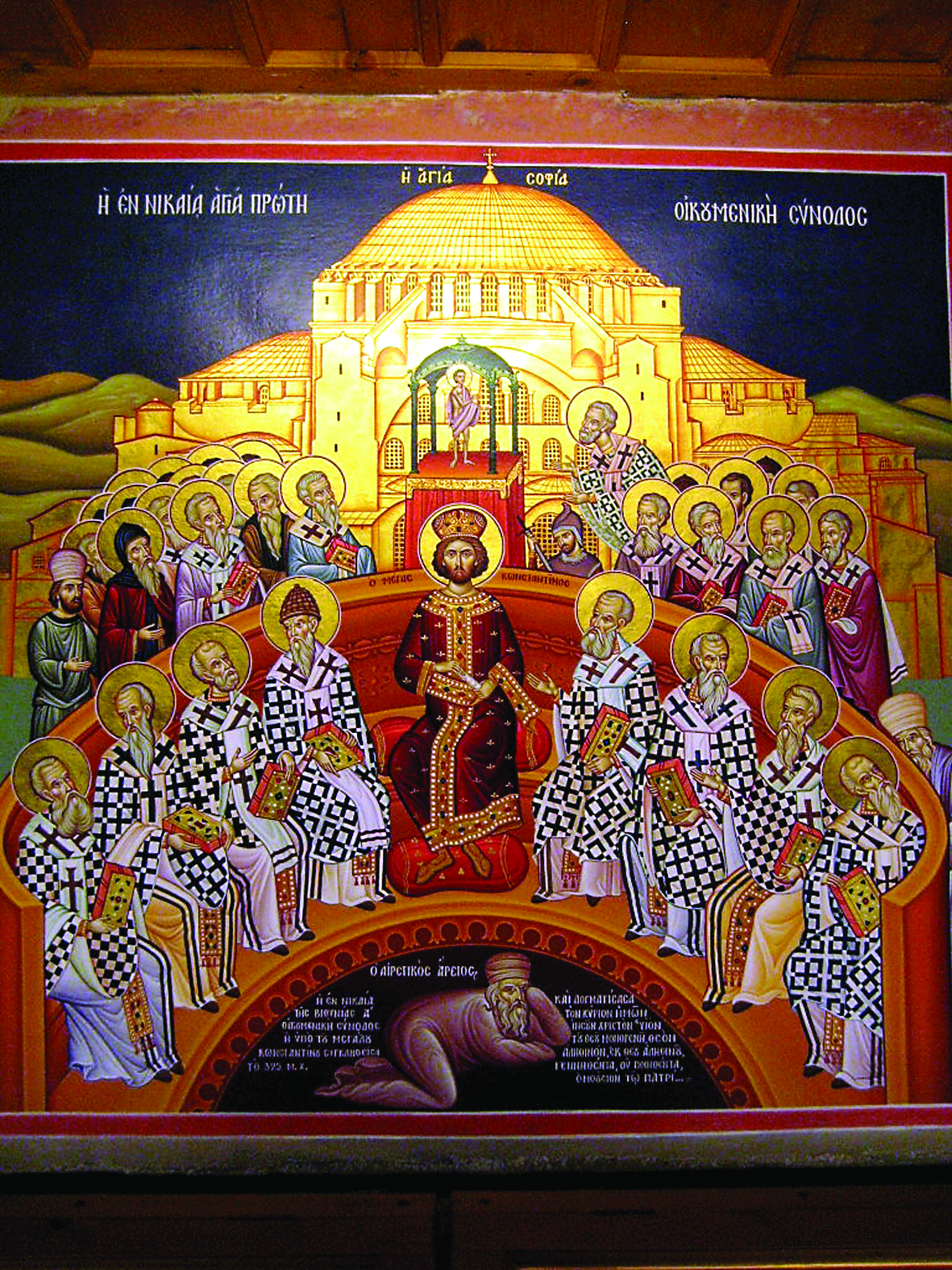
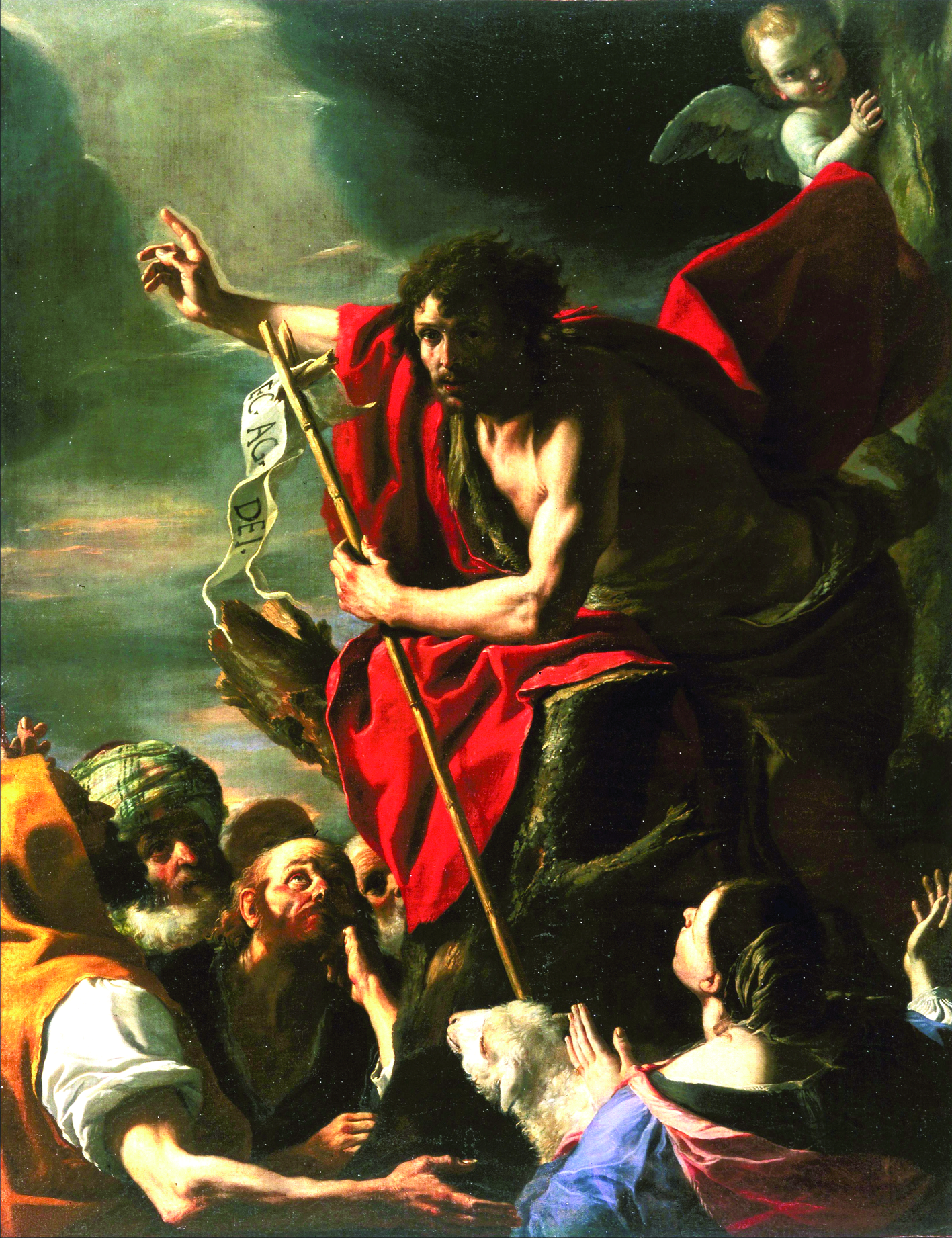
Facebook Comments